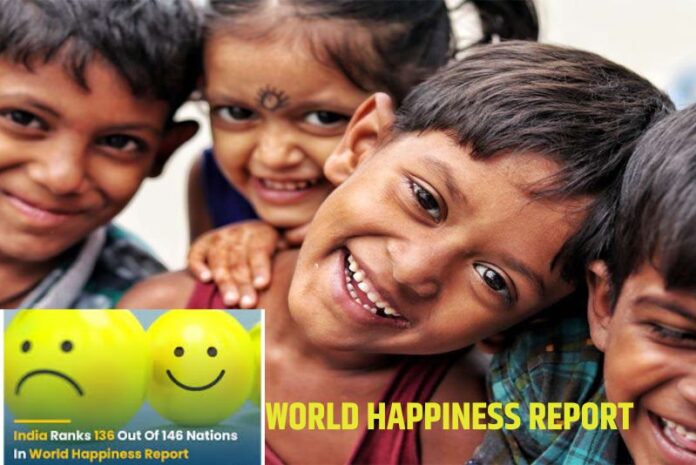The raking is based on individuals’ self-reported life satisfaction, as well as GDP per capita, social support, life expectancy, freedom, generosity, and levels of corruption.
Finland emerged as the world’s happiest country, topping the World Happiness Report 2024 for the seventh year in a row.
The Nordic countries topped the World Happiness Report, which was issued by Canadian economists John F. Helliwell, Jeffrey Sachs, Richard Layard, Jan Emmanuel De Neve, Lara B. Aknin, and Shun Wang. According to the survey, which was issued on Wednesday, India placed 126, the same as last year.
Afghanistan, devastated by a humanitarian crisis since the Taliban took control of it in 2020, remained at the bottom of the 143 countries surveyed. Afghanistan, Lebanon, and Jordan experienced the worst fall in happiness from 2006-10, while the Eastern European countries of Serbia, Bulgaria, and Latvia reported the largest rises.
Here is a list of the ten happiest countries in the world.
1. Finland
2. Denmark
3. Iceland
4. Sweden
5. Israel
6. Netherlands
7. Norway
8. Luxembourg
9. Switzerland
10. Australia
India’s rank in World Happiness Report?
India remains 126th on the World Happiness Index 2024, the same as last year. According to the survey, older age is connected with better life satisfaction in India, with older men reporting higher life satisfaction than older women.
Social ties, social participation, living conditions, education, money, caste, and religion all have an impact on Indians’ life satisfaction levels. India has the world’s second largest elder population, with 140 million people aged 60 and more, compared to China’s 250 million. The analysis refutes notions that a favorable relationship between age and life satisfaction exists primarily in high-income countries.
Methodology of World Happiness Report:
The research on the world’s happiest countries was published by the Sustainable Development Solutions Network, a United Nations global program. Annual report is available to the public on the World Happiness Report.
The rankings of national happiness are based on a global survey done by Gallup, Inc. called the Cantril Ladder study. In this study, people are asked to visualize a ladder, with a perfect life ranked as 10 and the worst conceivable life rated as zero. They are then asked to rate their current lives on a 0–10 scale. The report examines these assessments and links them with a variety of life variables.
These ratings are analyzed and correlated with numerous life aspects. The life factor variables used in the report correspond to determinants often associated with discrepancies in national-level life evaluations. However, other variables, such as unemployment and inequality, are removed due to the lack of comparable data from all nations.
Subjective measures of well-being represent a bottom-up approach, allowing respondents to assess their own well-being. The Cantril Ladder is useful in this scenario because it allows respondents to base their assessment on their perspectives.
In the report, specialists from diverse domains, including economics, psychology, survey analysis, and national statistics, explore how well-being assessments may successfully gauge a nation’s progress and handle other relevant issues.
The Secrets of the Happiest Countries?
Why do some countries consistently dominate the World Happiness Report, while others fail? When examining what distinguishes these happiest countries from the rest of the globe, some common characteristics emerge:
1. The world’s happiest countries have strong social support systems, including unemployment benefits, healthcare, and education. This safety net enables citizens to face life’s problems with confidence.
2. High levels of freedom and trust in government and peers promote a sense of security and well-being.
3. The world’s happiest countries prioritize work-life balance, including shorter workweeks, longer paid vacations, and family-friendly regulations.
4. Nature connection: Access to stunning landscapes and outdoor activities might boost pleasure levels.
5. Equality: Low income inequality and a strong sense of social equality can lead to happiness.
